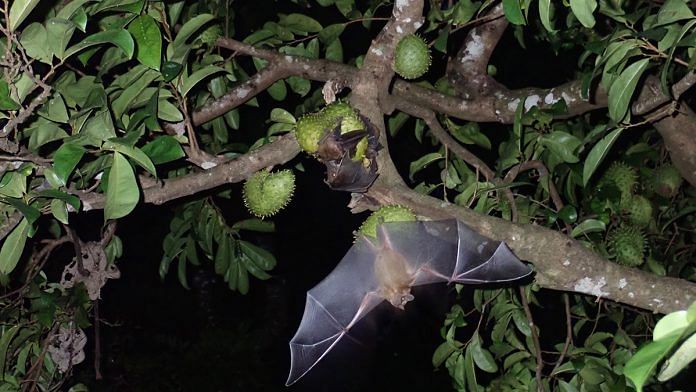Bengaluru: Animals that harbour disease-causing pathogens are found more in human habitats than in the wild, according to a new study from the University College London (UCL), UK.
The study, published in the journal, Nature, also reveals that altering landscapes and increasing changes in land use worldwide are increasing the risk of new zoonotic disease outbreaks.
The study was an analysis of 184 existing studies of 6,801 ecological communities with 376 host species carrying human-potential pathogens — pathogens that have the potential to cause diseases in humans — in six continents.
The researchers state that human activity disrupts the balance of wild animal communities through land use, which favour animals that harbour dangerous pathogens by eliminating other types of population and enabling these species to survive.
Furthermore, animals that carried pathogens with zoonotic potential were the most common in areas with the most intensive land use, like farmlands.
There have been many examples of correlations in the past between animals that spread pathogens and increasing human activity, but the specifics of such cases have never been determined.
For this study, the authors had to first determine the animal species that have disappeared or dwindled in the presence of humans, for which they used data from 666 studies with over 3 million records of animal populations.
They had to then identify species that harbour zoonotic human-potential pathogens, which they were able to narrow down to 5,694 pathogens in 3,883 vertebrate species.
Also read: UN warns of increasing risk of Covid-like zoonotic disease outbreaks due to human activity
Environments disturbed by humans contain more animals with zoonotic pathogens
On analysing this data, the researchers found that environments that had been disturbed by humans contained more animals with zoonotic pathogen populations, compared to animals that did not carry these pathogens.
The same was reflected in human communities that host animals carrying any kinds of infectious pathogens, not just human-potential ones.
In general, wild animals are also found in lower numbers in environments impacted by humans.
Therefore, animals that can survive under harsher conditions and those that are small with shorter lifespans like rodents, bats, and birds, are more widespread.
Such creatures are thought to have compensated for their high reproductive rates, to keep the species going in the face of human threat, with lowered immune response towards infectious pathogens.
The pathogens instead live inside these hosts before spilling over to new populations and adapting there. These animals also host more pathogen species than any animals in the world.
The authors state that more infectious pathogens were found the most in mammals than any other group.
Furthermore, these disease-causing mammals were found in human-managed ecosystems more, indicating a potential link between hosting viruses and the ability to tolerate human environmental disturbance.
Also read: New coronavirus seems to have circulated in bats for decades, study finds
Biggest zoonotic threats from urban dwellings
Thus, contrary to popular belief, most of these zoonotic viruses are not transmitted through wildlife trade or the consumption of hunted animals but by changes in land use and climate change, as evidenced by several recent studies.
The UCL study authors also note that the biggest zoonotic disease threats are in lands that have been converted to agricultural areas and urban dwellings.
The findings are in agreement with a series of recent findings that point to mammals that live close to humans increasing spillover risks.
The paper states, ”Our results suggest that global changes in the mode and the intensity of land use are creating expanding hazardous interfaces between people, livestock and wildlife reservoirs of zoonotic disease.”
The authors also recommend increased surveillance for newer zoonotic pathogens and spillover events, adding that restoring degraded habitats and protecting non-degraded ones will benefit both the environment and public health.
Also read: How do bats stay safe from the thousands of viruses they host? New study holds some clues




5694! So we survive against all odds! Scary